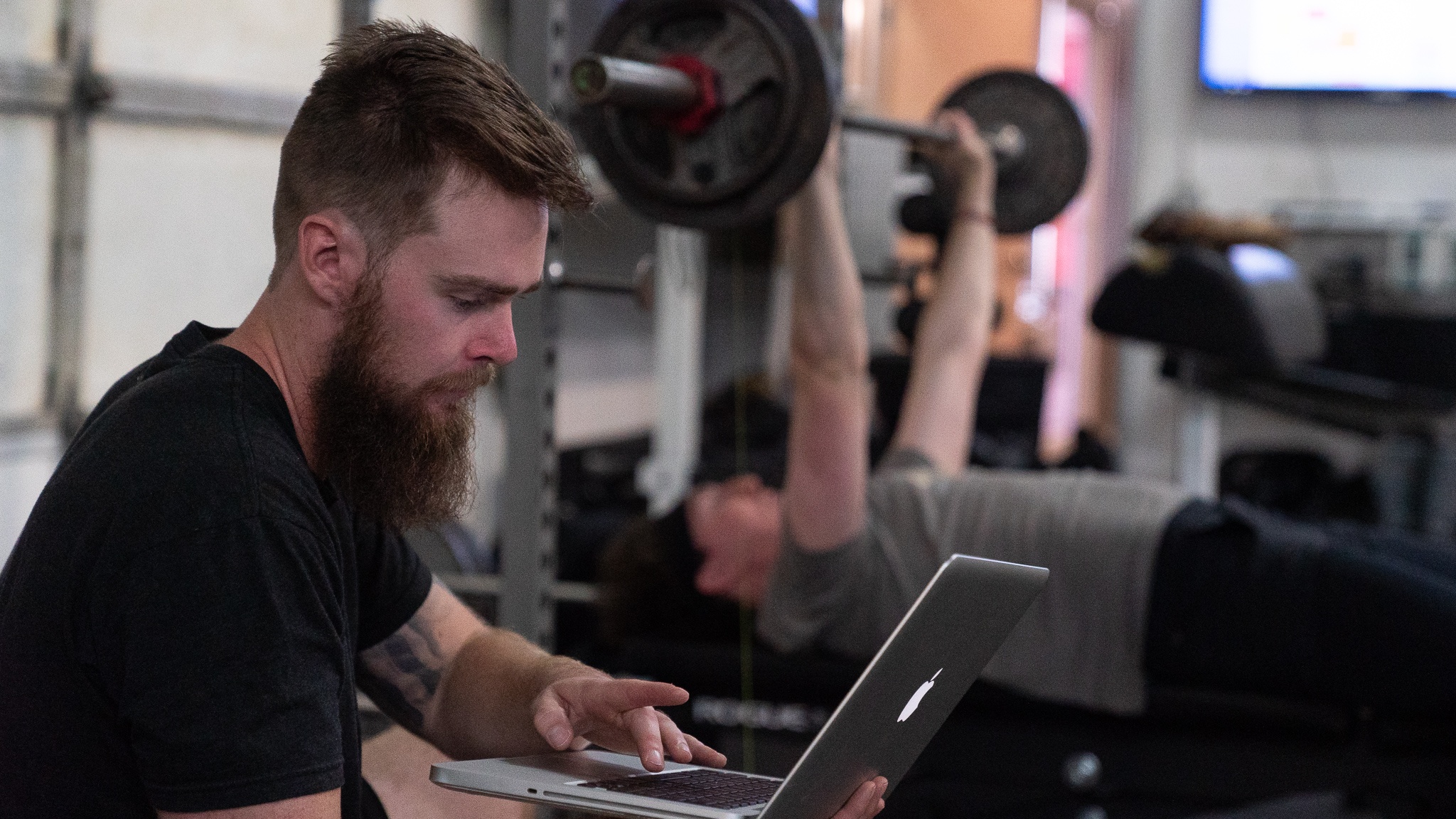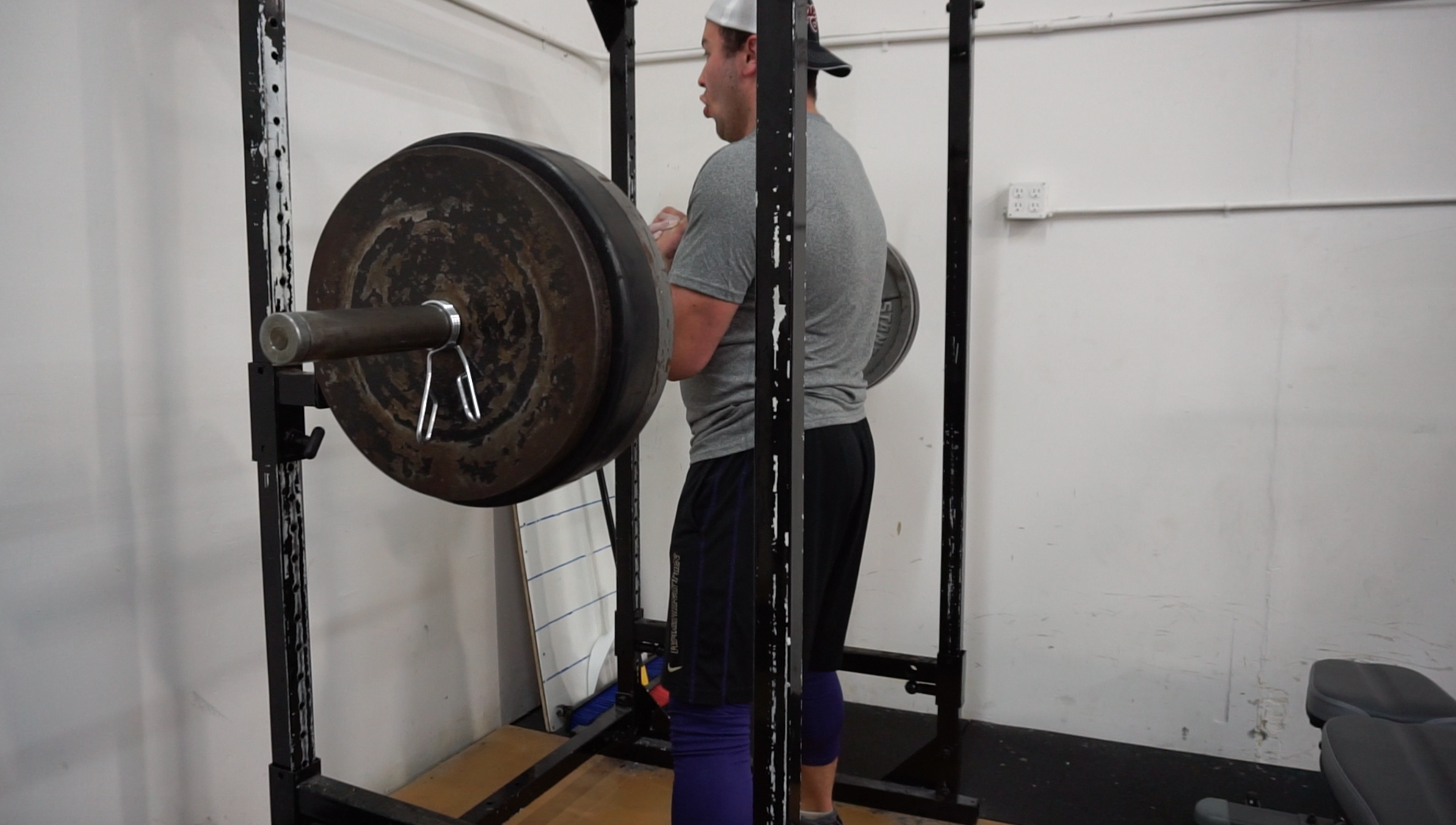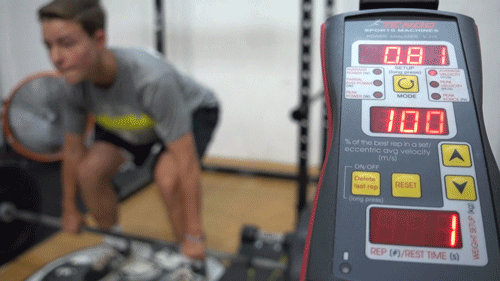Building Your Team’s In-Season Training Plan – Part I

The competitive high school baseball season is nearly upon us. As 2017 has finally arrived, many southern states are merely a handful of weeks away from tryouts, leaving very little time left for planning. Even the northern states who observe a true winter will see their first pitches thrown sooner rather than later.
With whatever time your school has remaining prior to baseball season, it is vital that the high school baseball coach thoughtfully plan out not just their practice plan, but also their training plan, should they want to incorporate strength-training into the competition season.
The goal of this three-part season is as follows:
Part I: to discuss general considerations for in-season training that must be accounted for prior to putting pen to paper
Part II: to establish a simple plan for overlaying the competitive and practice schedule, and then building a flexible training schedule around this
Part III: to create a simple, yet effective program for in-season training
Today we will discuss some preliminary concepts, such as the overall purpose of in-season training, the fit of strength-training alongside all of the competing demands of the season, and the ways to mitigate risk in-season.

Understanding the Purpose of Training
The first step in integrating a strength-training program into the competition season at the high school level it to understand its purpose in the entire scheme of the season.
The value of strength-training at the amateur level cannot be understated: novice athletes can benefit more in nearly every aspect of their game simply by getting stronger through quality movement. Their nervous systems’ are ripe and ready for the stress of progressive resistance training, and for this reason will adapt very quickly.
These days, amateur baseball is a year-round endeavor, transforming the four traditional calendar “seasons” into just three. The high school athlete will compete in the spring, and will travel to compete in the summer and fall. While “Winter” may be a real season in the south, youth baseball simply does not recognize it, and the competitive fall and spring seasons nearly overlap. Thus, to take any part of the year entirely off from strength-training in order to focus on competition is essentially committing to foregoing a vast opportunity for development.
But, this is not to say that strength-training should carry an equally high emphasis year-round. We can place an emphasis on competition at various points of the year; accumulating, peaking, and tapering our training as needed to accommodate our games.
Call me old fashioned, but if I had to assign a true competitive season during the year, I still believe the spring high school baseball season is that. They compete as a team for a common goal, just as they will at nearly every level of baseball.
Thus, during the spring season, we want to maintain our strength-training, yes, but we must also remember that it is not the ultimate priority; performance on the field is.
Mitigating and Managing Risk
The number one priority in-season when it comes to performance training is ensuring that the athlete is actually available to perform on the field. You can forget about “optimizing performance” if you are not able to perform at all thanks to injury.
Strength-training in-season can and should accomplish two objectives in terms of readiness to play:
1. It should help reduce the likelihood of injury on the field
2. It should not place the athlete in a position to get hurt during training
Thus, risk management is a major consideration to account for when designing an in-season training program. Let’s start with the latter and work our way back:
If the reduction of injury on the field is the ultimate goal of performance training, then anything that increases the risk of sustaining an injury during performance training, itself, would be the ultimate absurdity.
Therefore, exercise selection, thorough coaching, and appropriate intensities/volumes should be at the forefront of the planning and coaching process.
It is highly recommended that your athletes train within their means – the means that they’ve established during the off-season. For example, if your team has implemented Back Squats for lower-body strength and various jumps for lower-body power during the off-season, the idea of introducing Front Squats and Cleans for the first time in-season imposes a great risk with relatively less reward in the grand scheme of things – despite the article you may have read about the benefits of Front Squats, or the videos you’ve seen of a College World Series program using Cleans in-season.
No matter how beneficial some exercises may be (in the example above, the Front Squat and Clean are actually highly beneficial) the introduction of drastically novel exercises can, for one, lead to excessive soreness (which can hinder performance if not kept in check), and moreover can reduce the likelihood of injury in the weight room if the athlete is not ready for the exercise, or is not coached up appropriately. Essentially, there are just too many ways for it to go wrong, even in a perfect world, let alone with the constraints on strength-training posed by nor possessing a full-time strength and conditioning professional at the high school level.
We must also remember that the overall goal of performance training in-season is to continue the development process, even if it is on a less steep trajectory than the off-season. The relative shallowness of the developmental slope in-season is a result of the competing demands of the in-season stressors: there is strength training, competition, practice, extra sessions, conditioning, school, girl friends, family issues, etc…
Thus, we must understand that training, as it stands at a lower priority than competition, must be most flexible. Some days the players will have the “juice” to train very intensely. Some days they just won’t have it at all. Educating your athletes on the benefits of training in-season and how it fits into the overall gameplay is a must. But, holding them to a rigid training program when they are clearly spent from a tough week of games may actually predispose them to performance decrements on the field, or worse: injury as a result of muscular and/or neural fatigue.
Training then, must be integrated into the entire practice plan and competition schedule, not just thrown on top of it.
In Part II of this 3-part series we will discuss just how to go about laying out the in-season program by overlaying the competition schedule and practice plan, while also finding ways to be most flexible during the integration of all three.
Want to learn more about strength training and efficient movement patterns as it relates to being a better pitcher? Read all of our articles relating to strength here.
Comment section
Add a Comment
You must be logged in to post a comment.

Applied Sports Science newsletter – January 21, 2017 | Sports.BradStenger.com -
[…] Building Your Team’s In-Season Training Plan – Part I […]
Developing an In-Season Training Routine - Part III - Driveline Baseball -
[…] the first piece of this three-part series we discussed the overall importance of in-season training for the high […]
Building Your Team's In-Season Training Plan - Part II - Driveline Baseball -
[…] part one of this three-part series we discussed some initial considerations to account for when developing […]